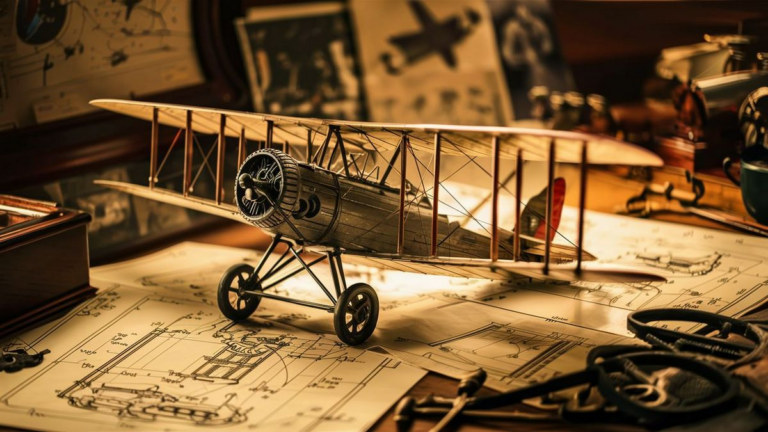Many people are curious about the origins of one of the most revolutionary inventions in human history: the airplane. The question of who invented the airplane first is not a straightforward one and has sparked debates and controversies over the years. Let’s delve into the fascinating history of aviation to shed light on this topic.
The Wright Brothers
When discussing the invention of the airplane, the names Orville and Wilbur Wright often come to mind. The Wright brothers, hailing from Dayton, Ohio, are credited with achieving the first controlled, sustained flight of a powered, heavier-than-air aircraft on December 17, 1903. Their historic flight at Kitty Hawk, North Carolina, marked a significant milestone in human aviation.
Contributions from Around the World
While the Wright brothers’ achievement is widely recognized, it’s essential to acknowledge that aviation pioneers from various countries made significant contributions to the development of flight technology. For instance, Gustave Whitehead, a German immigrant to the United States, claimed to have flown a powered aircraft in 1901, two years before the Wright brothers. However, Whitehead’s assertions have been a subject of debate among historians, with some disputing the evidence supporting his claims.
Similarly, other early aviators, such as Alberto Santos-Dumont of Brazil and Richard Pearse of New Zealand, also conducted experimental flights around the same time as the Wright brothers. While their accomplishments are noteworthy, they did not gain the same level of international recognition as the Wright brothers’ flight at Kitty Hawk.
Historical Context
To understand the context of the Wright brothers’ achievement, it’s crucial to consider the technological advancements and social climate of the time. The late 19th and early 20th centuries witnessed a surge of interest in aviation, fueled by rapid industrialization and scientific progress. Inventors and enthusiasts worldwide were captivated by the dream of conquering the skies and achieving powered flight.
The Wright brothers’ success was the culmination of years of meticulous research, experimentation, and innovation. Their approach to aerodynamics, including the invention of the three-axis control system, laid the foundation for modern aircraft design. Moreover, their dedication to achieving controlled flight in the face of numerous challenges exemplifies the spirit of human ingenuity and perseverance.
Legacy and Impact
The Wright brothers’ historic flight ushered in a new era of transportation and transformed the world in profound ways. Aviation quickly evolved from a novelty to a practical means of travel, communication, and commerce. The development of aviation technology paved the way for global connectivity, economic growth, and cultural exchange.
Today, the legacy of the Wright brothers lives on in every aircraft that graces the skies. Their pioneering spirit continues to inspire generations of innovators, engineers, and adventurers to push the boundaries of what’s possible. As we marvel at the marvels of modern aviation, let us not forget the remarkable journey that began with two brothers and a dream.
Frequently Asked Questions
Here are some frequently asked questions about the invention of the airplane:
| Question | Answer |
|---|---|
| Who invented the airplane? | The Wright brothers, Orville and Wilbur Wright, are credited with achieving the first controlled, sustained flight of a powered, heavier-than-air aircraft on December 17, 1903. |
| Were there other contenders for inventing the airplane? | Yes, there were other aviation pioneers, such as Gustave Whitehead, Alberto Santos-Dumont, and Richard Pearse, who conducted experimental flights around the same time as the Wright brothers. |
| What was the significance of the Wright brothers’ achievement? | Their historic flight ushered in a new era of transportation and transformed the world by making aviation a practical means of travel, communication, and commerce. |
| How did the Wright brothers’ legacy impact aviation? | Their pioneering spirit continues to inspire generations of innovators, engineers, and adventurers to push the boundaries of aviation technology and exploration. |
Technological Advancements
Besides the three-axis control system, the Wright brothers also made significant contributions to aviation through their innovative use of lightweight materials and efficient propeller designs. These advancements played a crucial role in the evolution of aircraft technology.
Global Recognition
While the Wright brothers gained international recognition for their achievement, it’s important to note that aviation history is filled with lesser-known figures who also made substantial contributions to the development of flight. Exploring the diverse stories of these aviators enriches our understanding of the complexities of technological progress.






